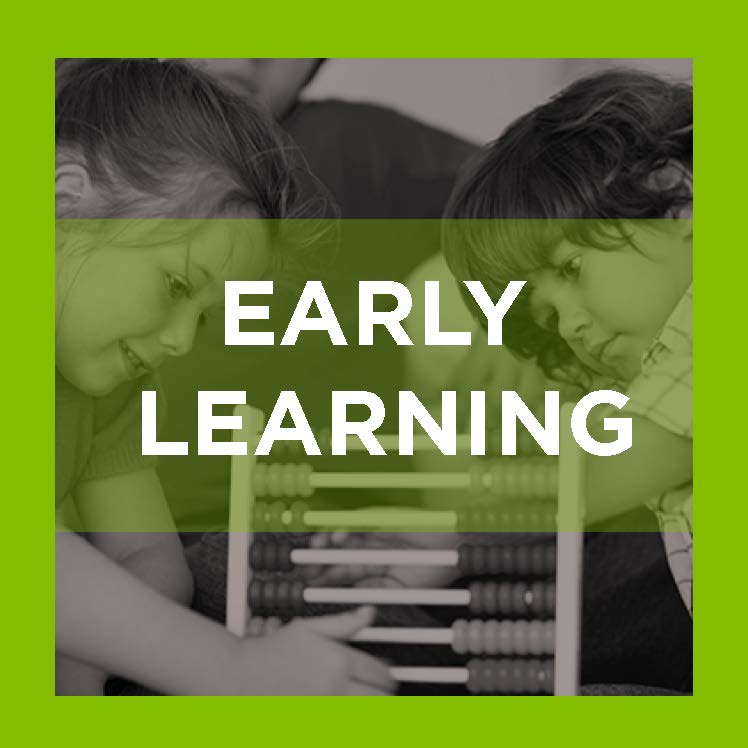As researchers and policymakers continue to evaluate what pre-K and kindergarten should include, STEM is beginning to enter the conversation as a key component of early learning success.
Recent research and initiatives demonstrate the need to support STEM in our earliest classrooms in order to prevent achievement gaps later. A study in the Education Researcher showed that general gaps in science education in kindergarten and first grade can predict achievement gaps in third through eighth grade. In 2009, PISA scores indicated that American students performed worse than their international peers on math and science tests. President Obama launched the Educate to Innovate campaign with the goal of providing students with the educational tools necessary to excel in fields of science, technology, engineering and math. Additionally, research suggests that girls internalize the stereotype of not being as strong mathematicians as their male peers as early as preschool. This research, in addition to national attention placed on science and math scores, has created a new dialogue about increasing STEM for our youngest learners.
Meanwhile on Sesame Street, Grover is teaching his viewers about STEM through curious observations and with the help of his problem solving monster friends. While Grover isn’t a scientist, he does provide a sense of curiosity and observation that lends itself to pushing young viewers into a STEM-driven mindset of problem solving. As Sesame Street reaches around 156 million children per year, its goal is that Grover will spark their observation skills and push them to ask questions that will help to develop their STEM skills.
Infusing STEM into early learning programs also requires policy alignment and coherence across the pre-K to third grade continuum so that students continue to build off of the foundational elements of their learning. Increasing pre-K through third grade alignment includes a seamless continuum of standards, developmentally appropriate practices, curriculum and ongoing assessments. Substantial resources exist for parents, providers and teachers to help spark STEM-driven thinking in early childhood learning environments. At the same time, many governors support STEM initiatives in a variety of ways, as mentioned in their 2017 State of the State addresses.
As policymakers and practitioners continue to reevaluate our early learning programs, Grover and governors can agree the case for STEM continues to be made.





